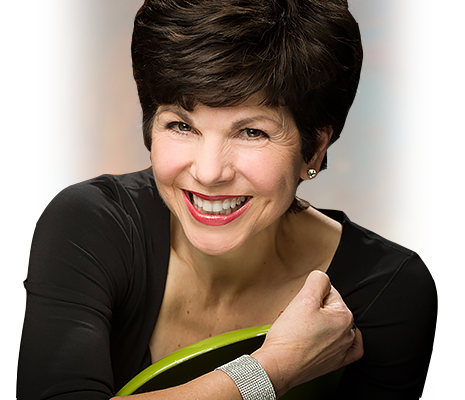I’ve had two recent experiences that motivated me to share my thoughts with you on the importance of seating in networking and in business.
You may know this already, but bear with me as I refresh you on the strategy of physical positioning. It is important that you are both seen and heard at networking events and business meetings.
Rules of engagement at a table meeting:
- Rule #1: Select a seat where you can be seen and be heard
- Rule #2: When appropriate, speak up so that your ideas will be heard
- Rule #3: Only speak when you are looking at a pair of eyes
Selecting the right table
Recently I went to a networking dinner as a guest of a friend . I watched her carefully select the table where she wanted us to sit. We positioned ourselves so that each of us was seated between 2 other people, rather than sitting next to each other. After all, we already know each other.
The table she claimed was close to the table of the organizer and near the front. We were the second table to introduce ourselves, giving our 30-second elevator pitch. The other attendees were still fresh and attentive.
I noticed that the people who chose the tables far removed to the back were the last people to introduce themselves and by that time, people were eating dinner and only half-listening. Thanks to the careful planning and positioning by my networking friend, we were in good position to be both seen and heard.
Selecting the right seat at the right table
I was a prospective client in a business meeting recently and noticed that the only other woman, who would potentially become the manager of my account, sat to my right. The owner of the company took the seat at the head of the long rectangular table. His number 2 guy sat opposite me. During the discussion, they showed images projected onto a big screen on the wall opposite me, the client and decision maker.
About 3/4 of the way through the meeting, I turned to the business woman who was silent throughout most of the meeting and said “you need to sit over there, so I can see you and you are part of the conversation.” I was tired of craning my neck to check in with her. She was neither visible or verbal and I felt badly for her.
She had participated in a half-day presentation skills training session that I conducted a year ago for her company, so my directive statement to change seats was accepted as a bit of helpful coaching. Once she moved seats and faced me across the table, her personal power and influence in the discussion increased immensely.
It made me think of how many people, mostly women and younger professionals, unconsciously select the wrong seat at the table. Sometimes, they won’t even take a seat at the table, but will sit on the perimeter. If you are one of these shy or uncertain people, consider these three things:
- Take a seat at the table, not on the sidelines
- Think about which would be the best seat for you at the table
- When in doubt, ask your meeting host, “Where would you like me to sit?”
I love “front row people”
As a professional speaker and presentation coach, I always get a kick out of where people sit in the room. Most adults and college students will position themselves in ‘low engagement/low risk’ seats – that is, mostly toward the back of the room or near the doors. Few brave souls will be bold enough to move to the front of the room to be in close proximity to the speaker, unless of course, you are at a musical concert, live performance or sporting event, where front row tickets sell for a premium.
I want to encourage you to re-think your behavior and attitude regarding when and where you take a seat at any event: a business meeting, a training session, a college classroom or a networking event. Choose the best physical position to engage. Choose to be an active participant in the conversation. Choose to be an active follower and support the leader in the room. Set aside your shyness and reluctance and put yourself at full risk of engagement. You will be noticed, valued and better connected as a result.
A few last thoughts about taking a seat at the table:
- If you want equality, round tables are the best seating arrangement. (think King Arthur)
- If you want authority, sit at the head of the table.
- If you want influence, sit close to and in direct view of the decision maker.
- If you want to be noticed and you want to engage, sit in the front of the room.
- If you want to be a passive bystander, sit at the back of the room or near the exits. Say nothing; do nothing; achieve nothing.
Your Networking GOAL for the Week:
Arrive early to the next networking event or business meeting. Observe the room and decide strategically where the best place is for you: that is, the space that will give you the most exposure and opportunity. Take it. Claim it. Own your personal power. Don’t allow your fear or self-doubt to relegate you to the passive positions in the room. Step up and stand out and let your voice be heard. Take your seat at the table.

